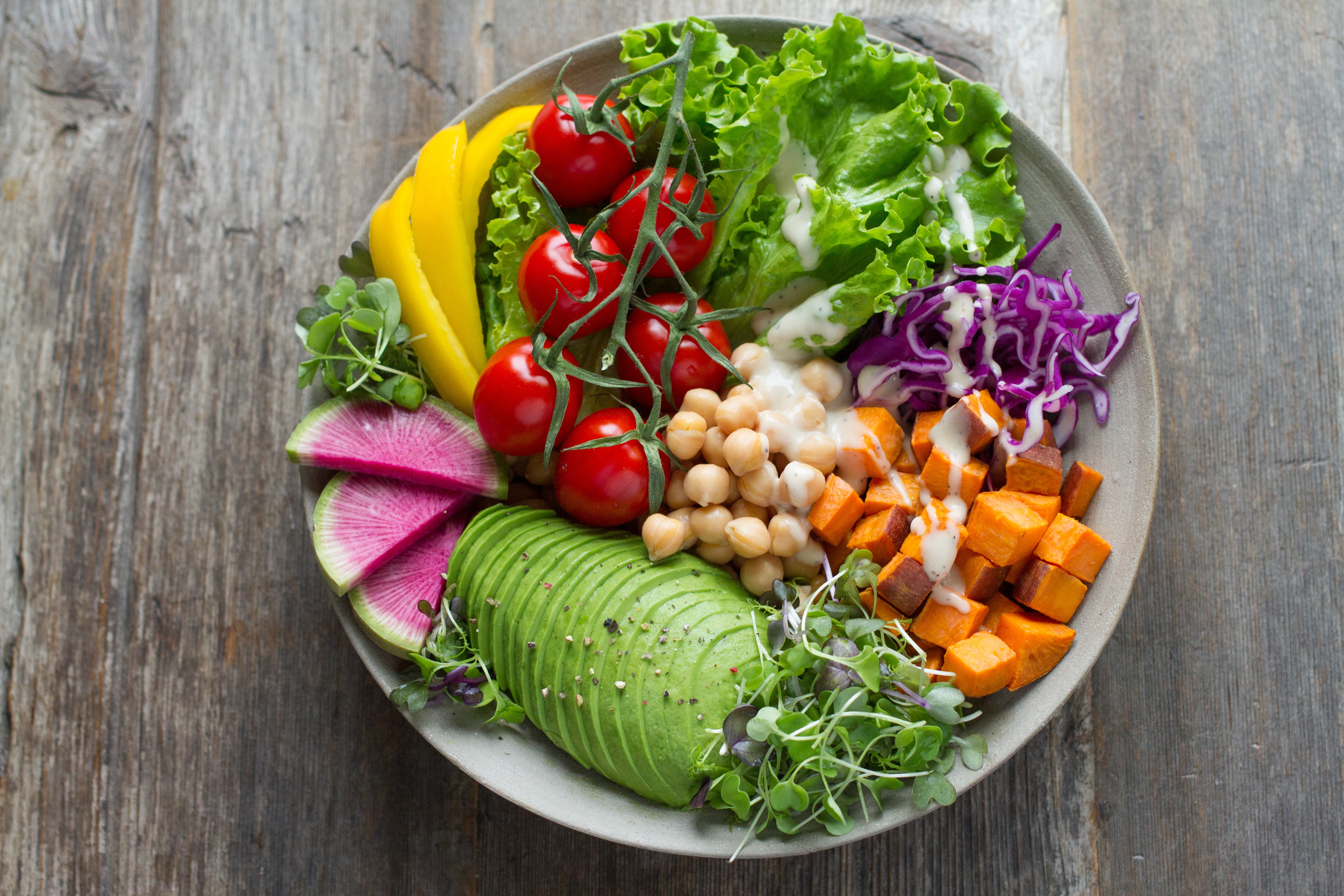The Year of the Conscientious Eater
4 Min Read By Amber Parrow
Like many cultural shifts, it begins with the obscure, then becomes more known until it is mainstream and even viral. Such a shift has been underway with Gen Z and Millennials leading the way. The momentum has been increasing with each subsequent year to the point I believe 2019 should be coined: The Year of the Conscientious Eater.
You could see the beginning of this shift with consumers wanting to know the source of their ingredients, how their food was grown, and the people involved. Consumers also started to question the conventional wisdom of traditional dieting and started venturing into different types and styles of eating.
What can we do in foodservice to satiate the growing market demand of the conscientious eater?
For my corner in the food world, this is an incredibly exciting time as innovation is looking for ways to keep meal prep nutritious, simple, and easy. We also have one of the most well-developed supply chains in the history of food, so fresh items are available in every corner of the country regardless of growing season.
Kroger recently published their five food trend predictions including regional flavors, plant-based foods, eating styles, gut-healthy and low sugar foods. As we look to the new year, what can we do in foodservice to satiate the growing market demand of the conscientious eater?
Sustainable
No matter where on the spectrum you fall with environment, we can all agree stewardship is a necessary part of life. Consumers in turn want to know not only where their food comes from, but the methods involved in how it was grown. Recently the debate has turned to the impact cattle have on the planet with their natural emissions and land use, but and also the energy required in processing. This talk is welcoming in innovations for alternative proteins and meat substitutes. Sustainability goes beyond an ecological mindedness however to processors that are following industry best practices and are always looking for efficient ways to improve operations and reducing waste.
- Get to know your source for ingredients, especially the ones that require extra care in their handling such as meat and produce.
- Tour operations of your processors when possible.
- Become more familiar with food safety by taking classes on global food standards or the Produce Safety Grower’s Alliance training course.
With all of this information, you can then pass the information on to your customers through your marketing campaigns and promotions. This reassures them that they are eating foods that are safe and sustainable. You build trust by knowing your suppliers and in turn that trust can be passed on to your customers.
Flexitarian
Consumers have been taking their health and well-being into the kitchen and are increasingly aware of nutrition and different diets to help them improve health and well-being. At one time all-protein was the popular choice, and over time we’ve seen instances of gluten free, paleo, keto, along with many other diets.

One trend that looks to be emerging is diets that are vegetable centric. Meat protein isn’t completely being abandoned but instead taking a back seat to plant-based food items. The other two big trends for this year from Kroger’s predictions are more gut-friendly foods and no and/or natural sugar.
- Survey customers to gauge their eating habits and see if you can build out your menu with items that accommodate their diets.
- Some restaurants are releasing an alternative meat item on their menu.
- Keep a healthy salad selection on the menu that incorporates non-animal fats and proteins such as avocado, quinoa, seeds, nuts, lentils, and beans.
- Look into vegetable centric sides and snack items such as hummus, salsas, chopped fruit and vegetables.
Understanding the customer’s problems and finding solutions is pivotal in marketing and sales. On the one hand customers may be coming to you for your specific menu items, but on the other, are they working towards a healthier lifestyle and now avoiding your business because your menu doesn’t fit their dietary needs?
Global
As people look to invest into the experiential rather than material, wanderlust is alive and well with people travelling and taking in new cultures and the flavors that accompany each region.

I’m excited about this trend as many emerging world cuisines, such as Mediterranean and Middle Eastern, boast ample use of vegetables and spices, which fit perfectly with the overall push for more vegetable-based and nutritious foods.
- Can your menu accommodate global dishes?
- Research different world menus for inspiration of flavors, ingredients, and spices.
- One major difference between other cuisines and the traditional American menu is the use of vegetables and variety of spice. How can you incorporate more of that into your dishes?
- If you already have a global menu, are you fully capitalizing on people’s wanderlust and the rich history and culture of these dishes to shape your brand’s story?
As long as it makes sense for your business, looking at global menus for inspiration may help set you apart in your market. If you are using world-cuisine on your menu, this is the year to accentuate the stories behind it in your marketing and promotions.
Regional
Regional menus may be the next iteration of the eat local phase. However, this focus is on the diversity and culture shaping a menu rather than the geographical location of the ingredients. To me, this is a great balance from a sourcing standpoint as some ingredients aren’t practical to source at a local level due to growing seasons and availability. Rather, you are embracing and supporting the local movement through the culture of your region and allowing guests to experience your city and region through their taste buds.
- Promote regional dishes and flavors this year.
- Integrate stories and destinations of your city into your social media.
- Participate in and promote local events and charity.
- Find and tap into your local community through social media.
Behind the idea of regional is community. Find and tap into that, and you’ll find a strong ally in your business.


